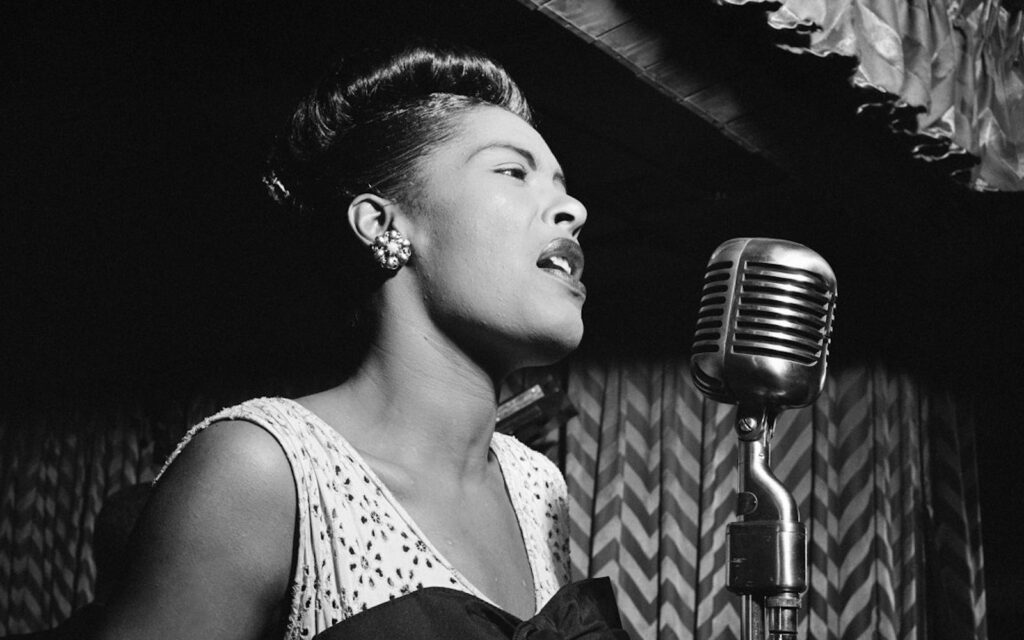The musician’s memoir is a salacious sanctity in which readers are afforded a rare, fly on the wall type glimpse at debaucheries, creative methods and inner-workings to which they wouldn’t be otherwise privy, and no matter the author’s prowess for prose, there is usually much to be learnt between the pages. The intrigue amplifies when multiple members of a band release their own version of events past, in which case conflicting details can be much more revealing than the stories’ similarities.
Johnny Marr’s Set The Boy Free and Steven Morrissey’s Autobiography are vastly different memoirs, products of the former The Smiths guitarist Johnny Marr and vocalist Steven Morrissey’s polar personalities. Memory is a fickle friend, and when two minds revisit the same set of events, it is inevitable that the details don’t entirely align.
Morrissey is renowned for his self-importance, so it’s expected that his memoir follows the perspective of a man victimised by the media, industry members and his bandmates. Referring to himself in the third person throughout and forgoing the use of chapters to steer the story, Autobiography often veers into a stream of consciousness style of rambling. Speaking in his typical poetic riddles, à la his beloved Oscar Wilde, the prose drifts between pompousness and genius.
Marr, on the other hand, produces something entirely opposite. His story is chronologically broken up into career milestones, and while conversational in tone, the sentimentality and passion for his time in The Smiths is palpable in every word. Notably, Marr also somehow seemingly remembers every minute feature of each outfit he has ever worn, using the detail of each to paint scenes and depict moments in time.
Morrissey’s account is highly entertaining and offers the ‘no holds barred’ exposé most fans hope for in a musician’s memoir. Marr, however, does his best to understand the perspectives of all involved in his retelling of events and often points the finger at himself when describing what went wrong.
Despite the deterioration of their friendship and band, Marr speaks lovingly of Morrissey and, when describing conflict between them, does well to portray both sides of the story in a matter of fact manner. Morrissey, however, takes every opportunity to get a jab in at the former Smiths guitarist. Though praising Marr’s musical abilities throughout, he also takes petty snipes at his character, pairing compliments such as “I am quite shaken when I hear Johnny play guitar, because he is quite obviously gifted and most unnaturally multi-talented…I can’t help but wonder: What is he doing here with me?” with insults like “I stood in conversation with Philip Towman…when Johnny first shoved his face in, and he said, ‘you’ve got a funny voice’. The comment contained an oblique confession, which said: you don’t talk as shockingly bad as I do.”
When describing their first record deal with Rough Trade, Morrissey claims “whatever it was that Rough Trade were, they were not a hip label, and by their appearance, Rough Trade personnel in the early 1980s need never have feared sexual assault…it would take The Smiths to bring a level of success and glamour to Rough Trade that the label had never dared hope for,” while Marr ascertains otherwise.
“I’d never really had a problem with Rough Trade. I liked the people and respected Geoff Travis and Scott Piering, and even though the label could sometimes be a bit makeshift, I thought things had gone very well for all of us,” he writes.
“Our new record company acted like they thought we were going to be successful and were special, and because they did we believed even more that we could be.”
Similarly, the pair disagree on their relationships with the media. Marr claims he had an “ambivalent relationship with the media. They would rarely mention the music in interviews or want to know why I played the guitar the way I did” and that “from the off I knew it was best to let Morrissey do all the talking to the media…I could see that our frontman was an expert with the press and could do a better job of it than me and almost everybody who sat down to interview us”.
Morrissey, on the other hand, asserts that Marr was far from pleased to find himself in his bandmate’s shadow. “Like a Rank Charm School starlet I had an arranged marriage with the press, whose NME was now known as the New Morrissey Express,” he writes.
“The press had also tagged the Smiths ‘Mozzer’s men’, a docket that enraged Johnny and which hacked at our umbilical cord.”
Both recounts of Marr’s exit from The Smiths are vague and brief, considering the detail is paramount to the story at hand. Marr describes a shift in the band’s dynamic, alliances between bandmates and bubbling tensions as the beginning of the end. He felt decisions were being made by the other three members, giving him no choice but to do what they wanted in order to keep the rift that was forming from separating them further. After finishing a string of unplanned studio sessions to record covers and an original that “wasn’t even worthy of being associated with The Smiths”, he took off on an arranged two week holiday with his wife Angie, only to find himself shunned from the band.
“I waited for one of the others to call but there was nothing, and the more days that went by without hearing anything, the more it pissed me off and the more I started to think that The Smiths might actually be over,” he writes.
Upon his return, Pat Bellis – The Smiths’ publicity agent – informed Marr of rumours that he had left the band, followed by a news article two days later spouting the same story.
“I still hadn’t heard from the others, and with everything that had happened I just thought ‘fuck you.’ I faced up to the inevitable and announced I was leaving The Smiths.”
Morrissey has a different take, offering that on the back of Strangeways, Here We Come, he and Marr were “drained beyond belief” and in need of a break.
“We do not telephone each other for two weeks, and then suddenly the press is rife with Smiths split stories. To obviate doubt, we hold off with communications and I sit, watching the situation as if behind glass…press reports tell us confidently that Johnny has left the country to work with talking heads; monogamous I, polygamous he.”
Morrissey also claims that “groups disband because they dry up; the Smith broke up as their powers increased”.
He goes on to include a letter he received from Marr following his split from the band, which reads “I’ve only recently come to realize that you genuinely don’t know all the reasons for my leaving. To get into it would be horrible, but I will say that I honestly hated the sort of people we became…I will never point the finger at anyone but myself, and I am glad I took a step towards making my life sane”.
While Marr says he “kept out of the media and refused the deluge of interviews because I knew everyone wanted a sensational story and expected me to discredit the others to get my side across”, Morrissey argues “the Manchester Evening News [yelped] a two-page spread entitled MORRISEY WAS HELL TO WORK WITH SAYS JOHNNY MARR. If the quote is fictitious, Johnny does nothing to correct it”.
When describing the infamous court case which saw former Smiths drummer Mike Joyce sue Morrissey and Marr for the uneven financial split which saw the pair receiving 40-40 to Joyce and bassist Andy Rourke’s 10-10, Morrissey compares Joyce to “a flea in search of a dog” while Marr refrains from name calling or low blows. Both detail the drummer’s initial agreement to the uneven split, which reflected the members’ overall contributions to the band – Morrissey was in charge of album art, Marr produced the records and the pair managed the band’s finances and contracts.
“I just answered as directly as I could, without letting Mike’s barrister succeed in winding me up. I’d been forced to go to court, and I decided that whatever happened I was going to speak up for myself and get the satisfaction of putting a few things straight,” writes Marr.
“When Morrissey took the stand, it was uncomfortable from the word go. He argued with the judge, who was surly and pompous, and at one point Morrissey lost his temper and walked off the stand in frustration.”
Morrissey states Marr “was a bad witness, crumbling neatly from the top down…Financially, if Morrissey shouldered the blame then Marr could be seen as a victim, too and could run off and play”. He believes the judge had it in for him, complaining “would the judge not accept one solitary word of my exhaustive evidence?” and continuing that “by now, Marr, Rourke and Joyce have magically transformed into the Beverley Sisters, each chanting how that awful Morrissey had destroyed their lives”.
Whatever the facts may be, both memoirs provide ample insight into the rise and fall of The Smiths. No matter which version is closest to the truth, what is overwhelmingly evident in the discrepancies between these accounts is that Marr appears to have moved on while Morrissey continues to linger in the past.
Marr reflects on his time in the band as an exciting and creatively stimulating, yet ultimately toxic, first step in his now expansive career while Morrissey appears yet to let go of the anguish he clearly still holds for his former bandmates, the media and industry figureheads who drifted in and out of the picture.
Despite who was at fault and what factors ultimately lead to the dissolution of the band, Marr surmises what is glaringly obvious when comparing Autobiography and Set The Boy Free when he concludes: “as great as we were, The Smiths could only ever have lasted as long as we did because of the differences in my and Morrissey’s personalities.”







